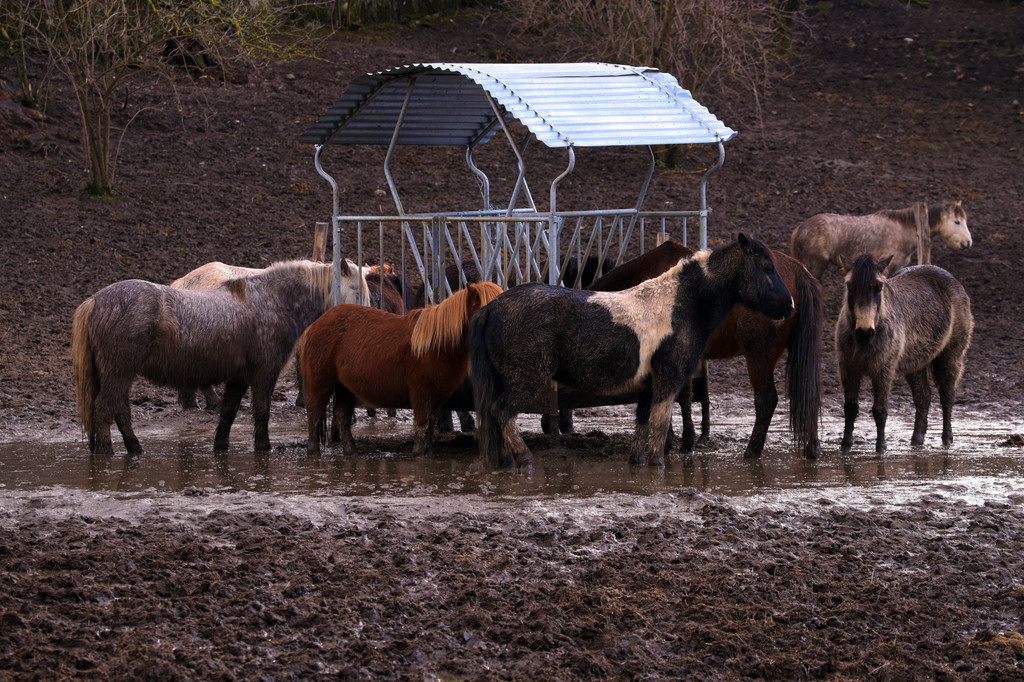HOME | DD
 organicvision — Waiting for Dinner
organicvision — Waiting for Dinner

Published: 2020-02-04 23:14:24 +0000 UTC; Views: 299; Favourites: 36; Downloads: 0
Redirect to original
Related content
Comments: 4

I guess it ends up like that wherever they put it because it gets surrounded by hungry horses (or ponies) but I don't like the look of that field at all - where's the grass? It's entirely mud and that is not a good thing for horses' hooves (or any hooves, or feet, except maybe pigs?)
👍: 0 ⏩: 1

Cerrtainly not the best place for dinner but some horses, ponies and cows are well addapted to this environment.
Camargue horse en.wikipedia.org/wiki/Camargue…
Camargue cattle en.wikipedia.org/wiki/Camargue…
Koniks are an extremely hardy primitive Polish breed used elsewhere in Europe on similar wetland habitat. They require little in the way of attention and graze a great variety of vegetation including young scrub and bark.
Welsh Mountain ponies were grazing species-rich fen on the Isle of Anglesey in Wales before moving to the Broads. They are small and lightweight which makes them highly suitable for wetter sites.
👍: 0 ⏩: 1

I always worry about hoof-rot and similar if there is no dry land at all. Allegedly the presence widely in England (and other places maybe?) of ridged grazing fields so that there will more likely be higher spots for animals to stand (esp. sheep) is because of all the flooding we used to get here (and still do, frankly)
👍: 0 ⏩: 0



























